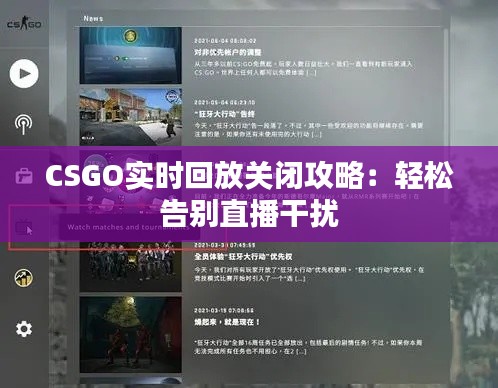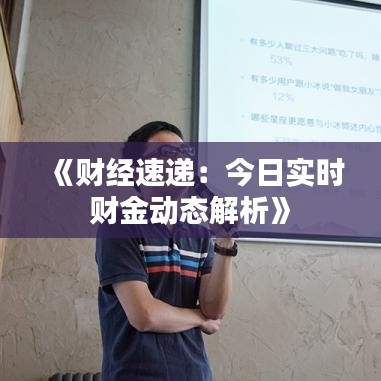Introduction to Smart and Efficient Classrooms
In the rapidly evolving world of education, the traditional classroom setting is undergoing a transformation. The advent of technology has paved the way for the emergence of smart and efficient classrooms. These classrooms are designed to enhance the learning experience, making education more engaging and productive. This article delves into the concept of smart and efficient classrooms, their benefits, and how they are reshaping the educational landscape.
Defining Smart and Efficient Classrooms
A smart and efficient classroom is equipped with advanced technology and innovative teaching methods that optimize the learning process. These classrooms are not just about having the latest gadgets; they are about integrating technology in a way that complements and enhances traditional teaching methods. The key features of a smart classroom include interactive whiteboards, tablets, online resources, and a digital learning management system (LMS).
Interactive Whiteboards and Digital Learning
Interactive whiteboards are a cornerstone of smart classrooms. They allow teachers to present information dynamically, engaging students with multimedia content. These boards can be connected to computers, projectors, and other devices, enabling real-time collaboration and interaction. With digital learning, students can access a wealth of information and resources at their fingertips, fostering self-directed learning and critical thinking skills.
Tablets and Mobile Learning
Tablets have become an integral part of smart classrooms, providing students with a portable learning tool. These devices can be used for research, note-taking, and interactive learning activities. Teachers can distribute digital materials and assignments through tablets, ensuring that students have access to the necessary resources regardless of their location. Mobile learning enhances flexibility and personalization in the educational experience.
The Role of Online Resources
Online resources play a vital role in smart classrooms by providing students with a wealth of information beyond the textbooks. Educational platforms, online libraries, and digital databases offer a rich variety of content that can be tailored to individual learning styles and needs. These resources also enable students to engage in self-paced learning, which can be particularly beneficial for students who require additional time to grasp certain concepts.
Learning Management Systems (LMS)
A Learning Management System is a software application that supports the administration, documentation, tracking, and delivery of educational courses, training programs, or learning and development programs. In smart classrooms, LMSs serve as a central hub for managing course content, assignments, grades, and communication between students and teachers. They facilitate efficient organization and delivery of educational materials, making the learning process more streamlined.
Benefits of Smart and Efficient Classrooms
The adoption of smart and efficient classrooms brings several benefits to both students and educators. For students, these classrooms offer: - Enhanced engagement and motivation - Access to a wide range of learning resources - Personalized learning experiences - Improved collaboration and communication skills For educators, the benefits include: - More effective teaching methods - Increased efficiency in managing classroom activities - Access to data-driven insights for personalized instruction - Professional development opportunities
Challenges and Considerations
While smart and efficient classrooms offer numerous advantages, they also come with challenges. The initial investment in technology can be significant, and not all schools have the resources to implement these changes. Additionally, there is a need for ongoing training for teachers to effectively utilize the technology. Ensuring equitable access to technology for all students is also a concern, as it is essential that no student is left behind in the digital age.
The Future of Smart and Efficient Classrooms
The future of education lies in the continued integration of technology and innovative teaching methods. Smart and efficient classrooms are at the forefront of this transformation, providing a glimpse into what the classroom of the future might look like. As technology becomes more accessible and affordable, we can expect to see more schools embracing smart classroom solutions. The key will be to ensure that these solutions are inclusive and adapt to the diverse needs of students.
Conclusion
In conclusion, smart and efficient classrooms are revolutionizing the way education is delivered. By harnessing the power of technology, these classrooms offer a more engaging, personalized, and effective learning experience. While challenges remain, the potential benefits for students and educators alike are undeniable. As we move forward, it is crucial that we continue to explore and implement innovative educational solutions that prepare students for the complexities of the 21st century.
转载请注明来自北京凯建昌盛工程技术有限公司,本文标题:《智慧高效课堂英文:智慧课堂英语教学模式 》











 京ICP备19050683号-2
京ICP备19050683号-2
还没有评论,来说两句吧...